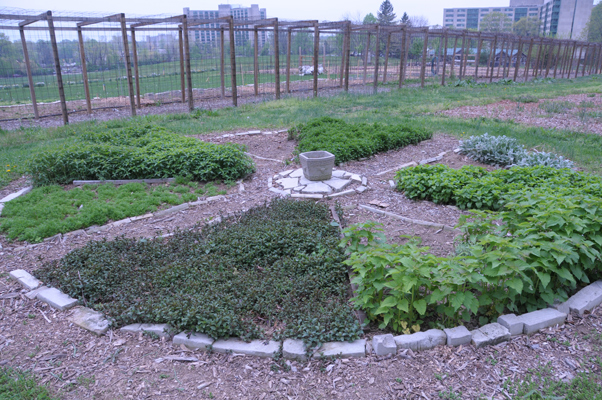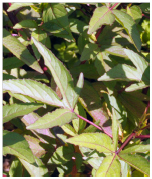
The tea garden is a circle separated into eight pie shaped sections with walking paths through the middle. Each section contains plants that are used for culinary purposes such as tea or flavoring baked goods. Some of the plants are perennial; some reseed themselves, while others are planted each year often from saved seed. A number of the plants are in the mint family.
| ||
| ||
 |
| |
 |
| |
 |
| |
 |
| |
 |
| |
 |
| |
 |
| |
 |
|

